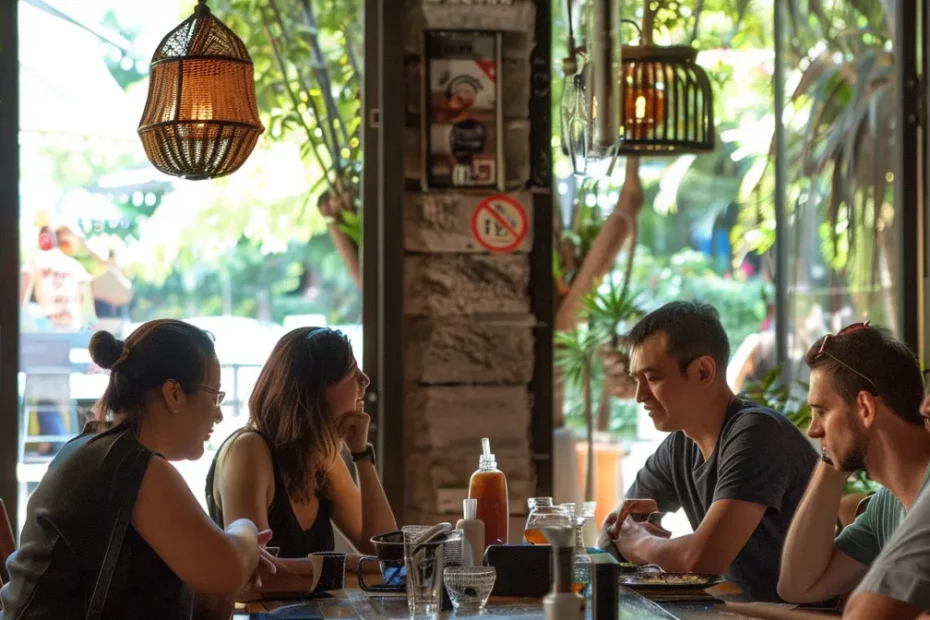The Ultimate Guide to Becoming a Perpetual International Traveler
Perpetual International Traveler: Are you ready to break free from the confines of routine and embrace a life of perpetual adventure? Imagine a world where your passport is your most prized possession, each stamp telling a story of exotic lands and vibrant cultures. Welcome to the ultimate guide on becoming a perpetual traveler, where the… Read More »The Ultimate Guide to Becoming a Perpetual International Traveler









